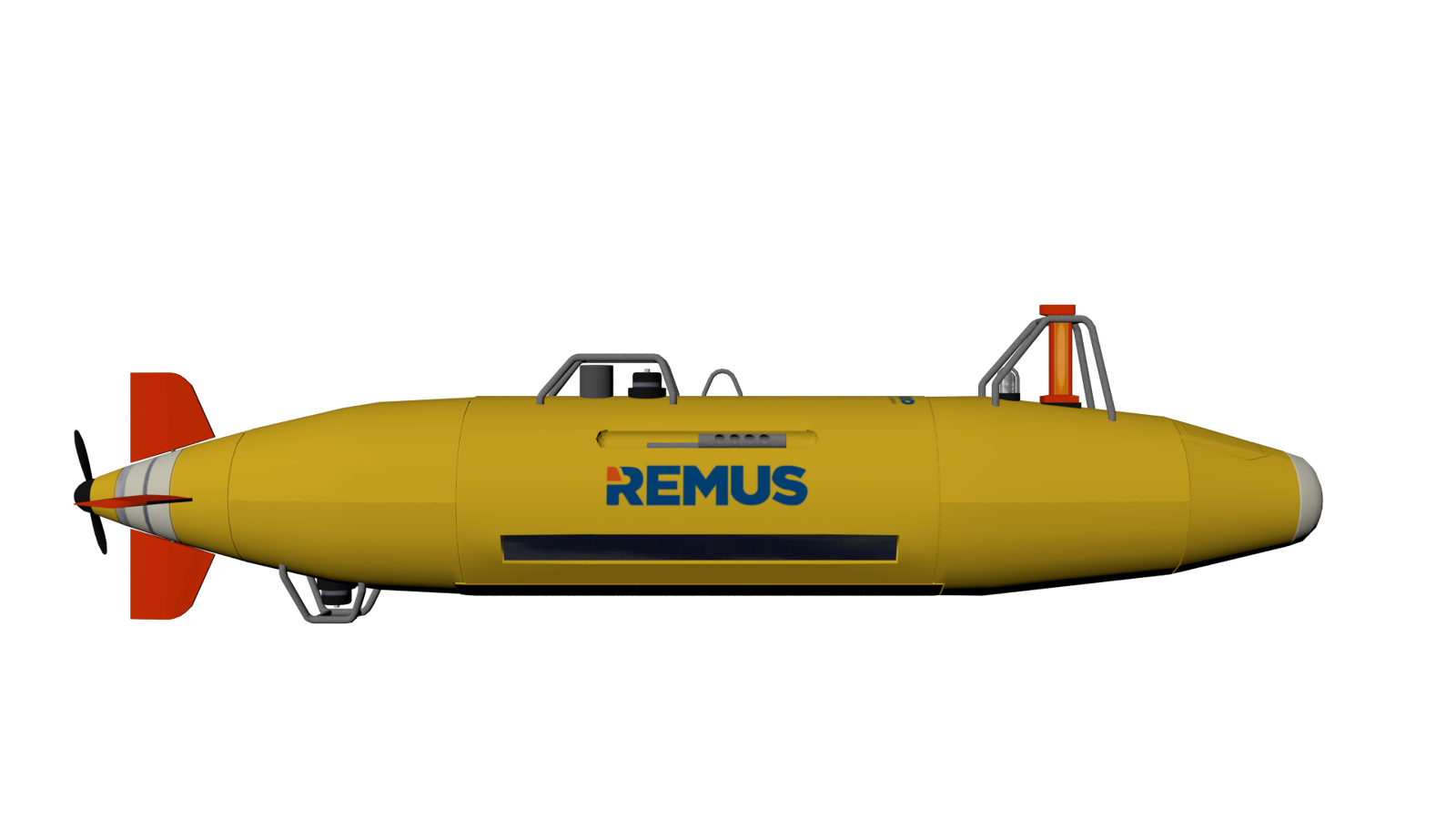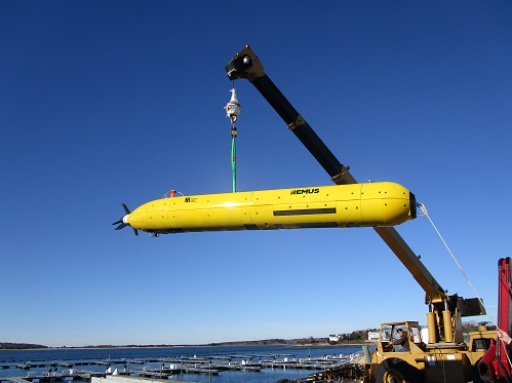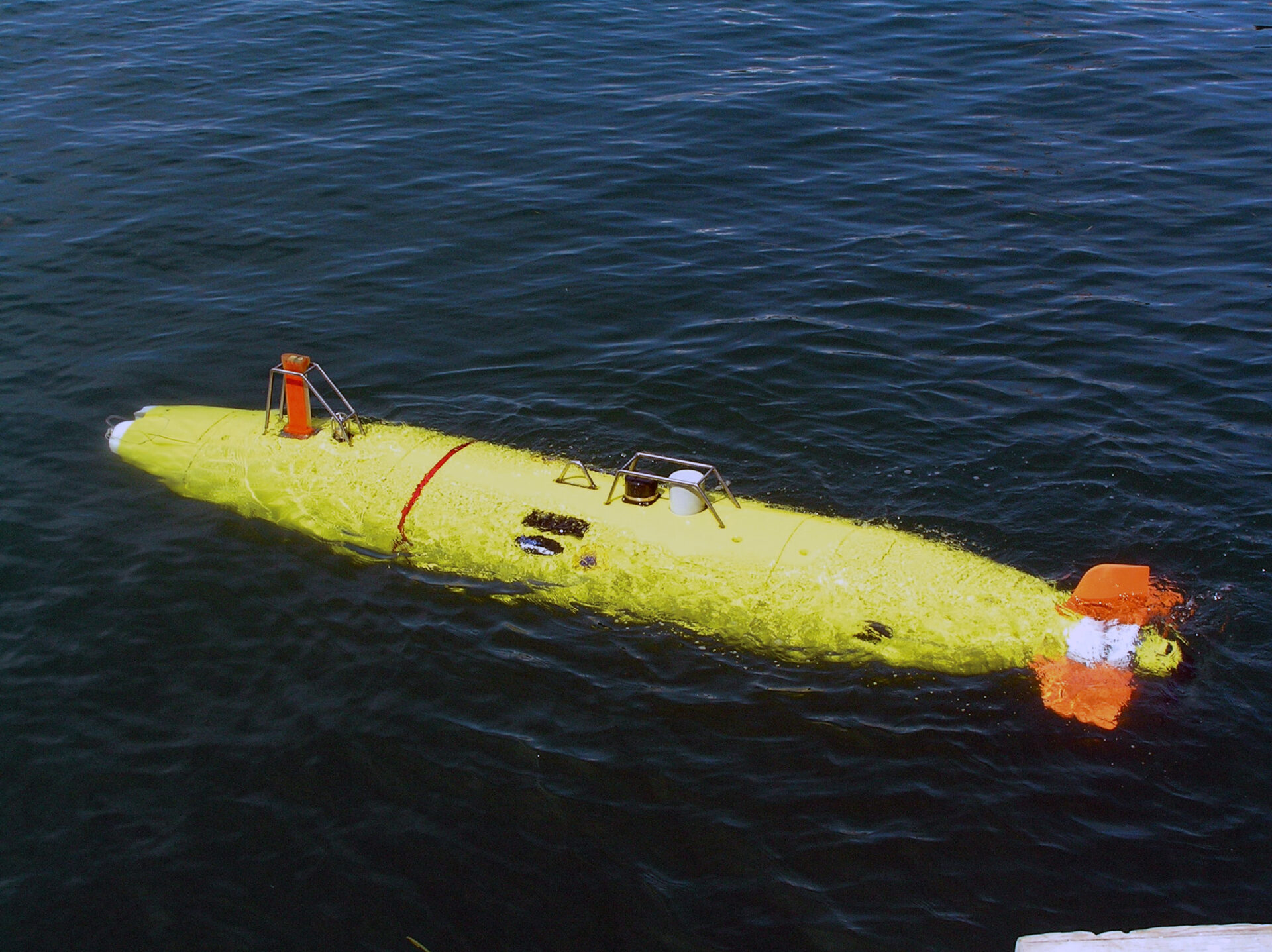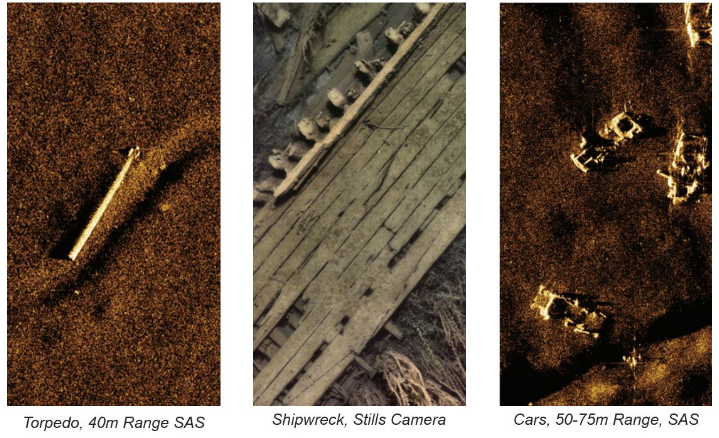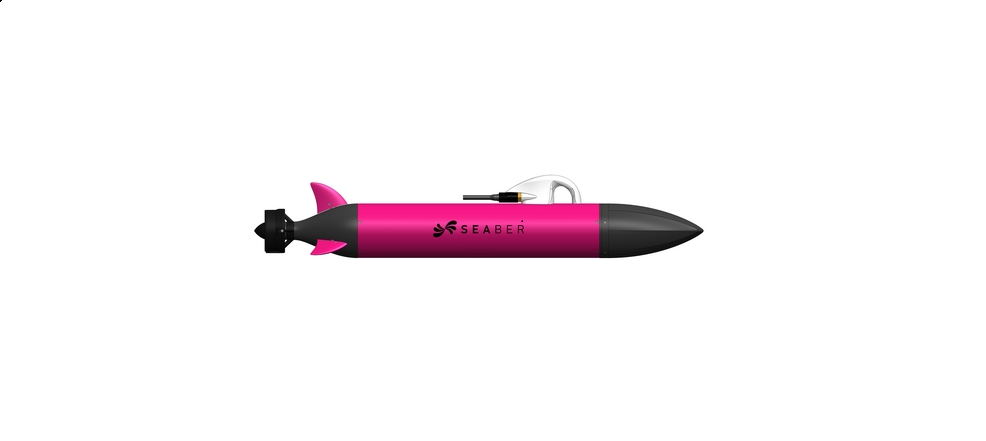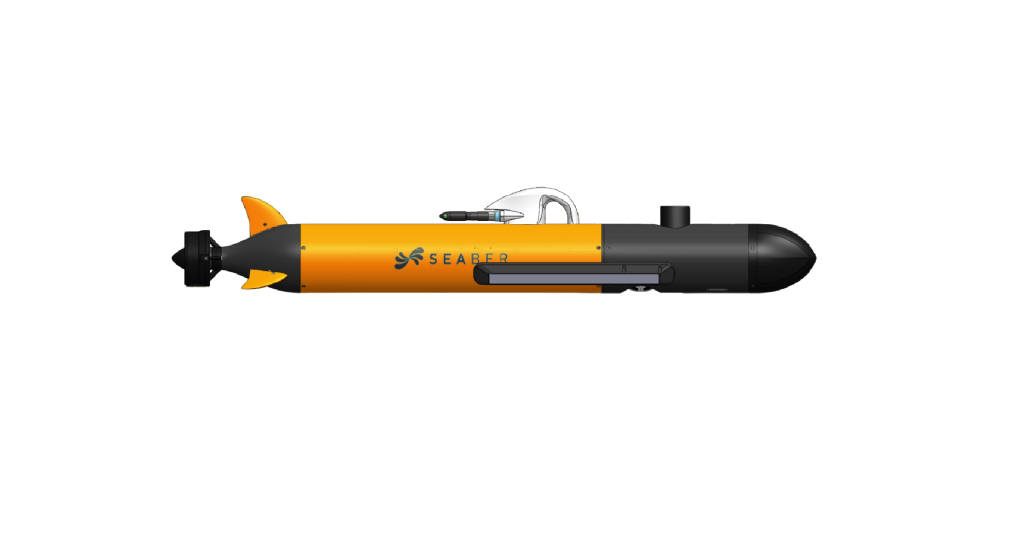The stability and versatility of the REMUS 6000 allow numerous applications, including:
BlueZone partners with over 50
world-leading original equipment
manufacturers and systems providers
REMUS 6000 UUV
REMUS 6000 Unmanned Underwater Vehicle (UUV)
HII’s new generation REMUS 6000 has been redesigned to increase modular payload space, allowing integration of multiple advanced sensors. Reaching depths of 6,000 meters, this deep-water unmanned underwater vehicle can survey 98% of the ocean for a variety of applications. The REMUS 6000 is uniquely suited for search and recovery operations at significant depths and has been used to locate many famous World War II wrecks from 2017 to 2019. The discovery of the USS Indianapolis wreckage was found 5, 500 meters below the surface in the Philippine Sea 72 years after it went missing.
The REMUS 6000 AUV is Hydroid’s deep-water workhorse and has been designed to enable operations to water depths as great as 6000 meters. It can be configured to include a wide variety of payloads to meet specific mission requirements. With the ability to navigate up to 22 hours per mission, the REMUS 6000 provides wide area coverage and can be used for commercial, marine research and defence applications. The REMUS 6000 was used in the discovery of Air France Flight 447, a passenger flight that crashed in June 2009, and was also used in July 2010 to explore the site of the Titanic sinking.

Key Features
- 6,000-meter depth rated
- Up to 25-hour mission duration
- Speeds up to 4.2 knots
- Open architecture
- Increased module payload capacity
- Swappable battery bottles
- Advanced sonar options
- Proven stern/side launch and recovery system
- Search and recovery
- Hydrography
- Geothermal vent research
- Tectonic plate research
- Deep sea mineral exploration
-
Treasure hunting
- Marine research
- Fisheries research
- environmental monitoring
- Oil and gas infrastructure monitoring
- Marine geology
Read More
REMUS 6000 Plays Key Role in the Discovery of the USS Indianapolis Wreckage
For more information on the REMUS 6000 AUV, contact the team at BlueZone.
Key Features
Up to 25-hour mission duration
Speeds up to 4.2 knots
Increased module payload capacity
Search and recovery
Hydrography
Deep sea mineral exploration
Marine & Fisheries research
Product Enquiry
Related products
YUCO-LUMEN micro-AUV makes AUV technology accessible, offering a simple, cost-effective solution for geo-referenced imaging with digital stills and video.
Read moreYUCO-Carrier micro-AUV is the ideal tool to embed your sensors or even your autonomous sondes!
Read moreMARVEL-3DSS micro-AUV just makes AUV technology accessible. Using MARVEL-3DSS is certainly one of the most simple and cost-effective ways for swath bathymetry.
Read moreRelated Articles
Beyond the Surface: ArtemisSAR Enhances Diver Safety in Hostile Waters
How Sonar Technology is Transforming Search and Rescue Operations In the Northern Territory, just off the coast of Darwin, sits the BlueZone team in a small aluminum boat. Infamous...
Read MoreKraken Robotics release KATFISH Autonomous Launch and Recovery System
Smooth and Safe Operations without Human Intervention Kraken Robotics (Canada) endeavour to drive innovation beneath the surface. Striving to improve the safety and effectiveness of launch and recovery operations...
Read MoreNext-Generation Water Monitoring with ARES Optical Sensors
Precision, performance, and flexibility—now available exclusively in Australia through BlueZone Group With a powerful new tool at their fingertips, environmental professionals and marine researchers can take water monitoring to...
Read More
